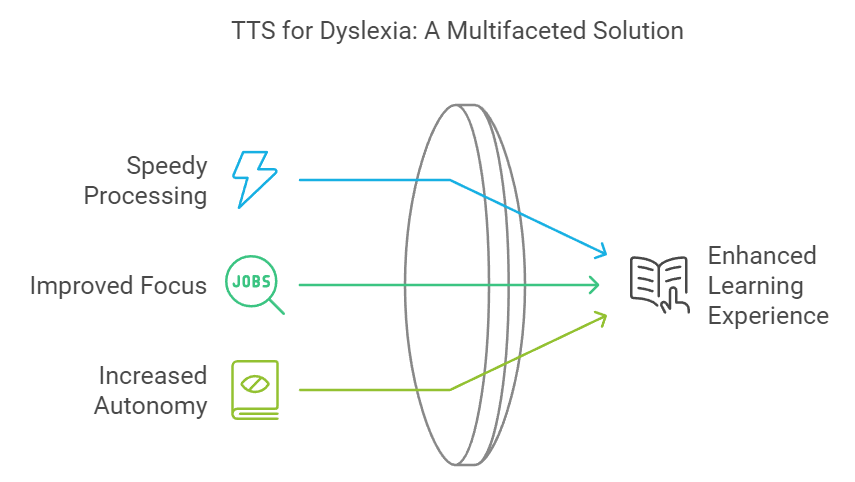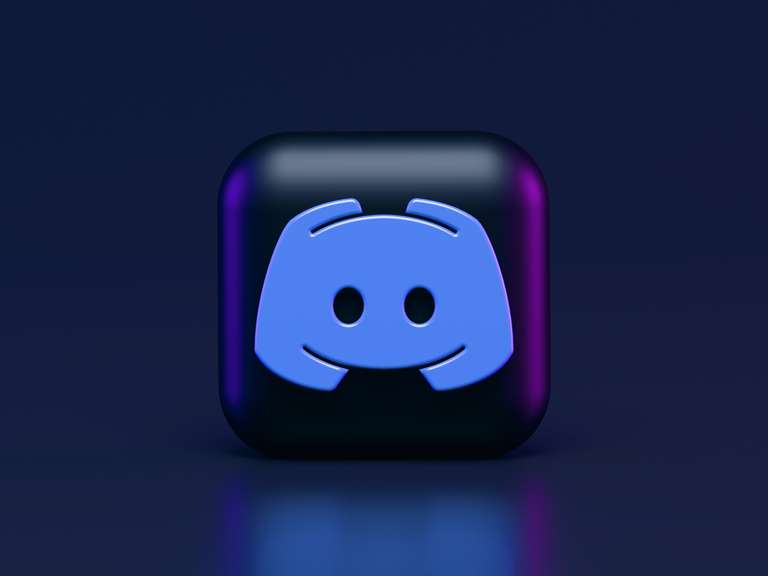Making A Difference for the Dyslexic with Text to Speech

What is one aspect that renowned scientist Albert Einstein, Hollywood star and comedian Robin Williams, and successful entrepreneur Steve Jobs share in common?
Apart from the fact that they were among the most influential individuals in their respective fields, the trio were dyslexic. They all struggled with processing words and numbers. In fact, an estimated one in ten people have dyslexia. These individuals not only find it difficult to make the connection between the sound and the letter symbol for that sound (for example, the ‘b’ sound in ‘bat’ ) but also blend sounds into words. This makes it harder for them to recognize short, familiar words or to sound out longer words. As a result, their reading becomes slow and effortful and is not a fluent process.

Table of Contents
Alleviating the Challenges of Learning with Dyslexia
With the evolution of assistive technologies like text to speech (TTS), it’s now become easier for people with such learning disorders to tackle the challenges that come their way. TTS serves as a more efficient, practical solution to dyslexia reading. Here are some of the advantages text to speech brings to the table for dyslexic students:
Speedy processing

TTS allows a person with dyslexia to listen to written words and speech sounds through a read-aloud function, addressing the many problems experienced by these individuals, including, the misidentification of words, slow word reading, and connecting text that often results in difficulties with comprehension. Besides, it improves word recognition and helps dyslexic readers with proofreading as they are able to view the text while simultaneously listening to the corresponding audio.
Improved Focus
TTS also increases a dyslexic student's ability to pay attention and enhances focus on comprehension instead of relying on sounding out words. In fact, several studies have revealed how text to speech technology enables students to focus on the content rather than on the act of reading, resulting in a better understanding of the learning material. This not only enables students to retain the information but also increases their confidence and motivation.
Most importantly, TTS tools provide people with dyslexia a high degree of autonomy and independence when it comes to reading and writing a text.
Taking TTS a Step Further
The level of advancement reached by today’s TTS technologies is enough to convert computer-generated voices into engaging content. What’s more? TTS technology holds the power to analyze the meaning of each word in a text before reading it, significantly changing the overall tone depending on what is being read.
That is not all. Integrating TTS software with assistive technology for writing helps improve the writing experience for a dyslexic student. Most times, dyslexic children find it difficult to figure out the correct spelling of a word, even after proofreading what they had just written. This is where TTS plays its part. When the text is read out loud, it allows the individual to get an understanding of what is being read, and by the pronunciation of the words, he/she can confidently determine if their written content is correct. An added benefit of integrating TTS is that it enables students to focus better on their writing.

Choosing the Right Dyslexic Learning Tool
When it comes to selecting the TTS tool for aiding dyslexic students, it is important to look for accuracy in the conversion of text in reading materials with tools such as optical character recognition (OCR) and the quality of the text to speech voices. Choosing the right voice for the TTS technology is also a critical aspect as it helps increase comprehension and retention of learning materials.
The key benefits of using Murf’s TTS for enhancing the learning process for dyslexic students are manifold. Firstly, users have the option of choosing from over 120+ natural-sounding AI voices in 20+ languages and dialects. Encouraging students to use a different voice for various subject areas will help keep content fresh and boost retention and comprehension.
Murf Studio offers a wide range of accents, allowing students to select the voice that will be perfect for them. Accents are available both in female and male voices. Harnessing Murf’s advanced text to speech voices, which sound realistic and are of high quality, students with learning disabilities can enjoy listening to long texts without having to deal with the repetitive and robotic tone traditionally associated with lesser-quality artificial voices.
Moreover, Murf offers a high level of customization for all its AI-generated voices, enabling students to personalize their learning experience with a variety of features such as emphasis, speed, pronunciation, pauses, and more. In fact, Murf’s latest release, Gen 2, introduces Advanced Customization Features that elevate this personalization even further.
Customization through Voice Styles allows users to choose from a broad spectrum of voice styles, each with unique pitch, pace, intonation, and emotional depth. Whether it's for a persuasive presentation or an engaging e-learning module, users can match the tone and intent of their content perfectly.
For those who need multiple variations, the Variability feature enables users to generate several voiceover versions of any line with a single click. This dynamic approach to human speech allows students or creators to select the version that best fits their needs.
The Say It My Way feature goes a step further by allowing users to voice-direct the AI. Students or educators can record their rendition of a line, enabling the model to capture the exact intonation, pitch, and pace of the recording. This ensures the selected Murf voice mirrors their delivery, adding another layer of authenticity to their content.
Additionally, Word-level Emphasis offers granular control, allowing users to emphasize specific words. This feature is particularly useful for adjusting the tone in safety training modules, storytelling sessions, or even when presenting key concepts in educational content, giving users the flexibility to tailor the speech to their precise needs.
These innovative customization options provide students and creators with unprecedented control over the voiceover experience, making Murf an exceptional tool for enhancing both learning and content creation.

That being said, while TTS will not replace reading, it will make information more accessible to students who would otherwise struggle to keep up with the rest of the class.
In conclusion, TTS will not only help alleviate the barriers to knowledge but also decrease the frustration with learning, and, as a result, have an overall positive impact on all students’ lives.



